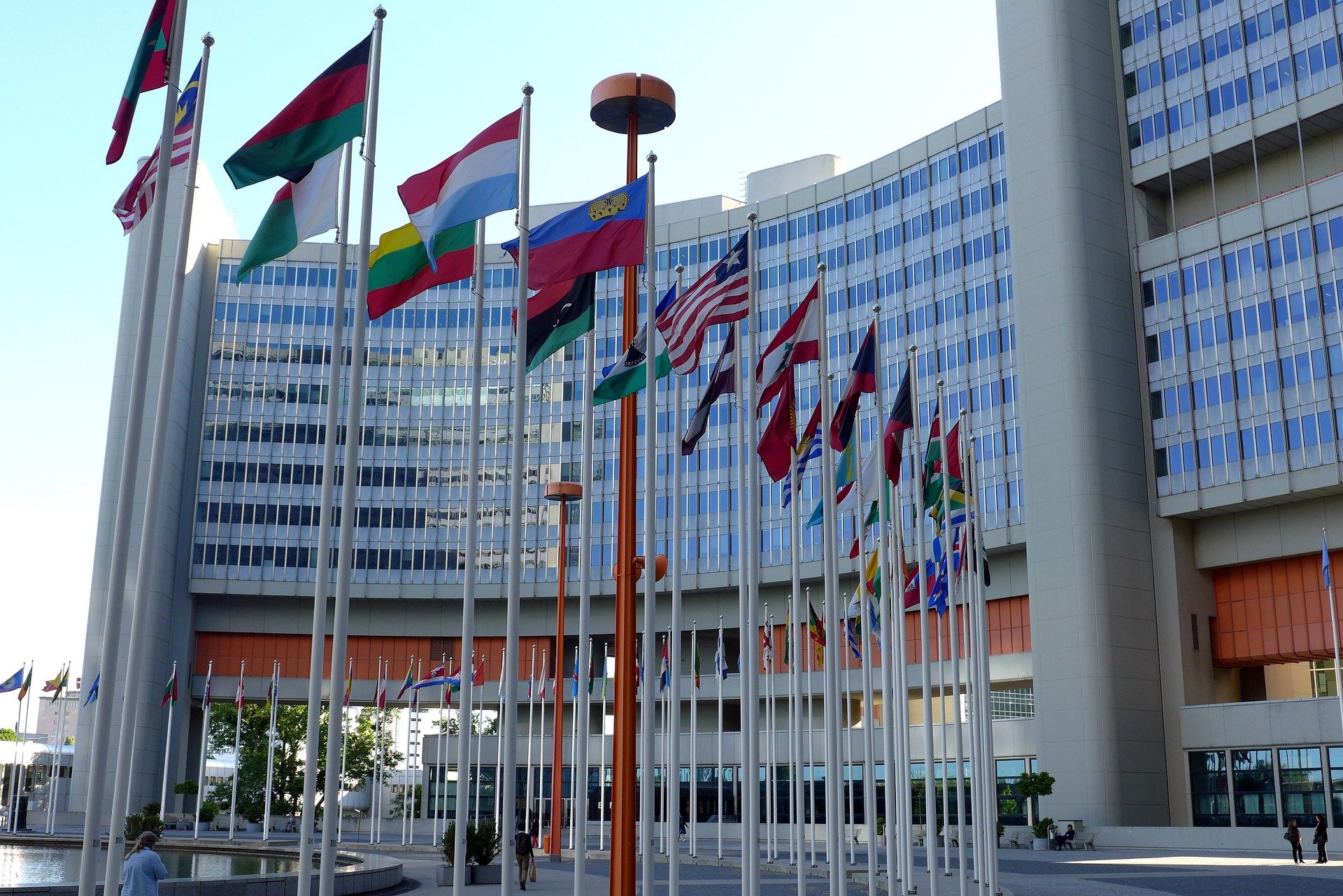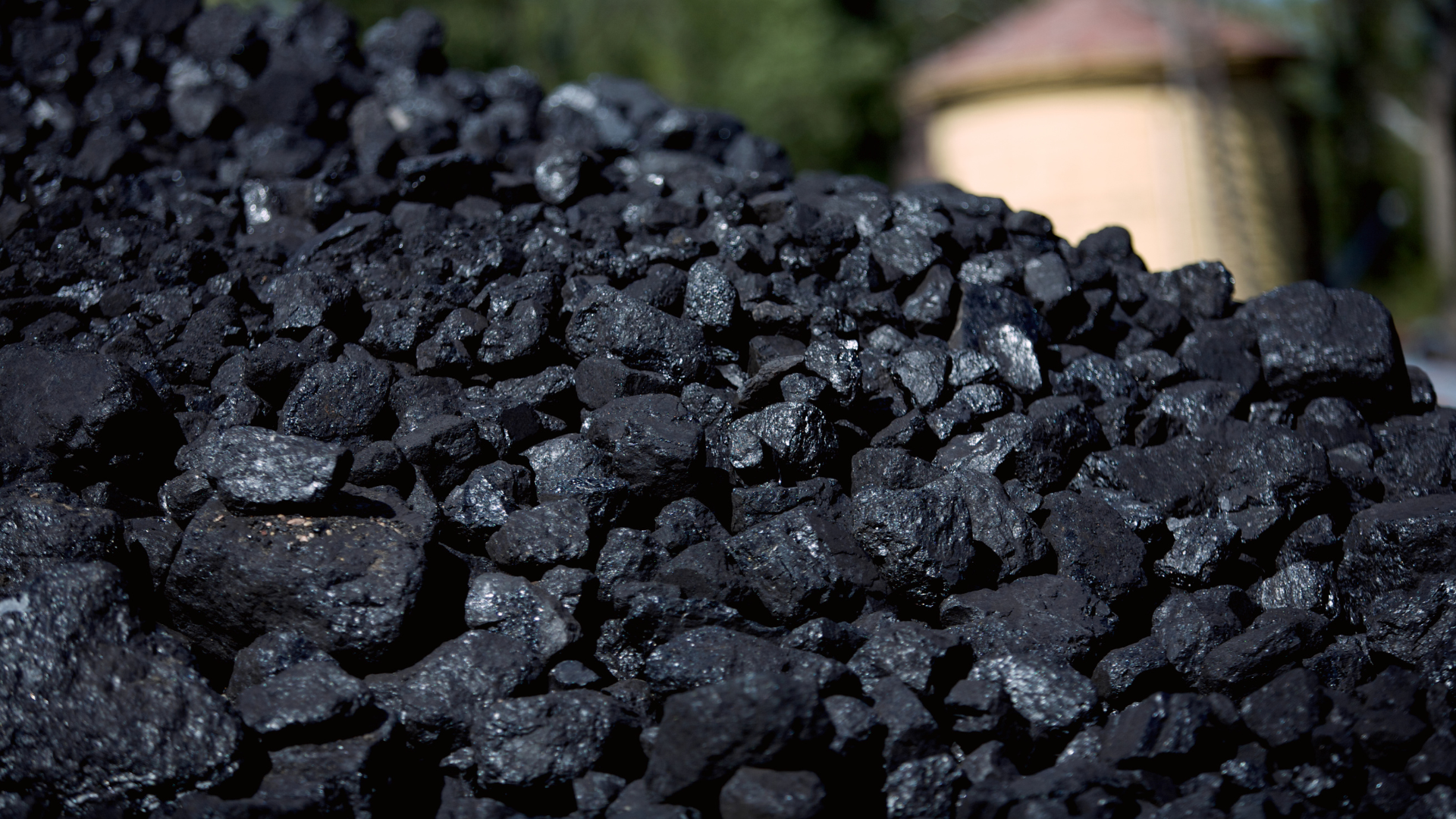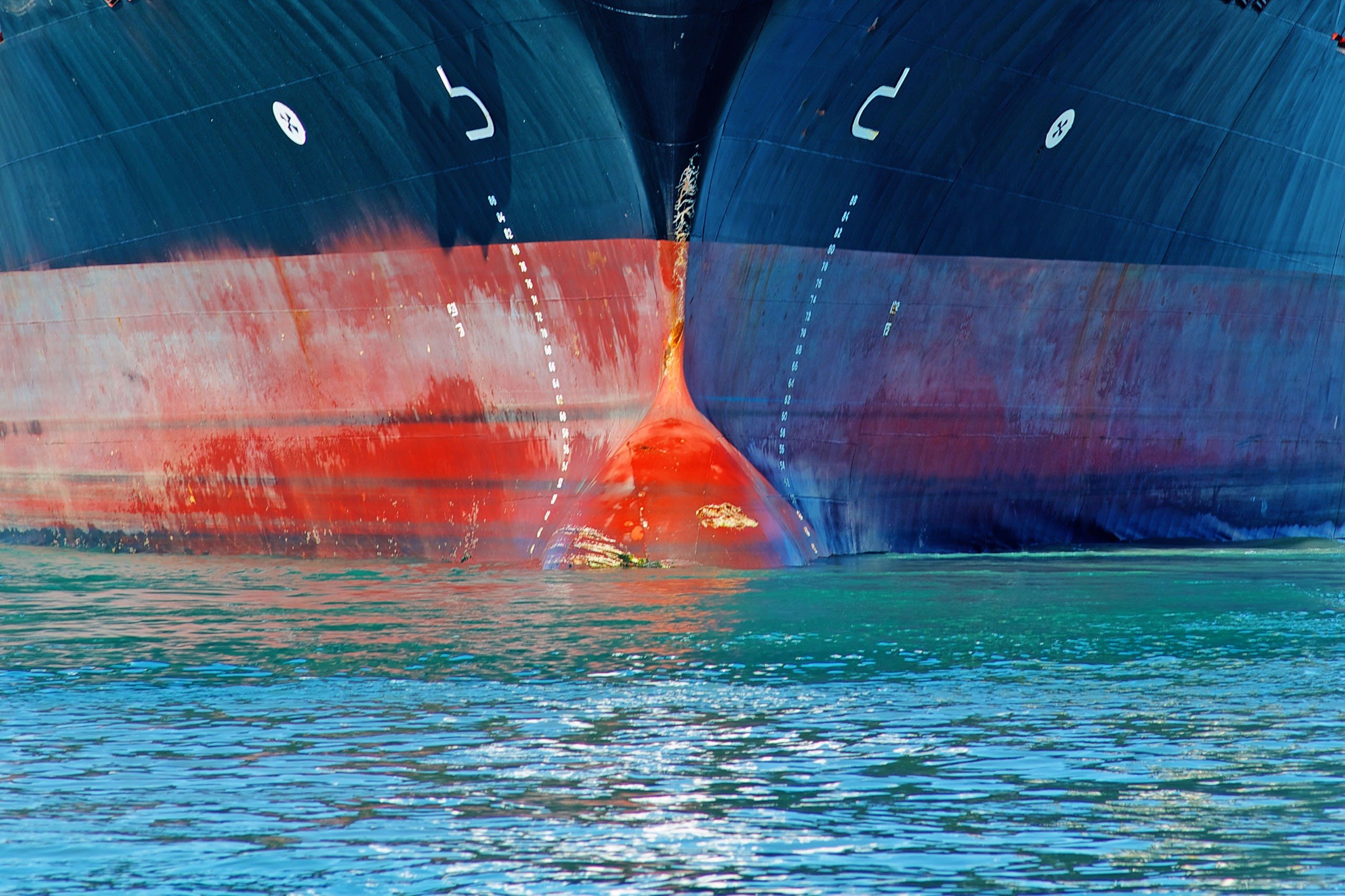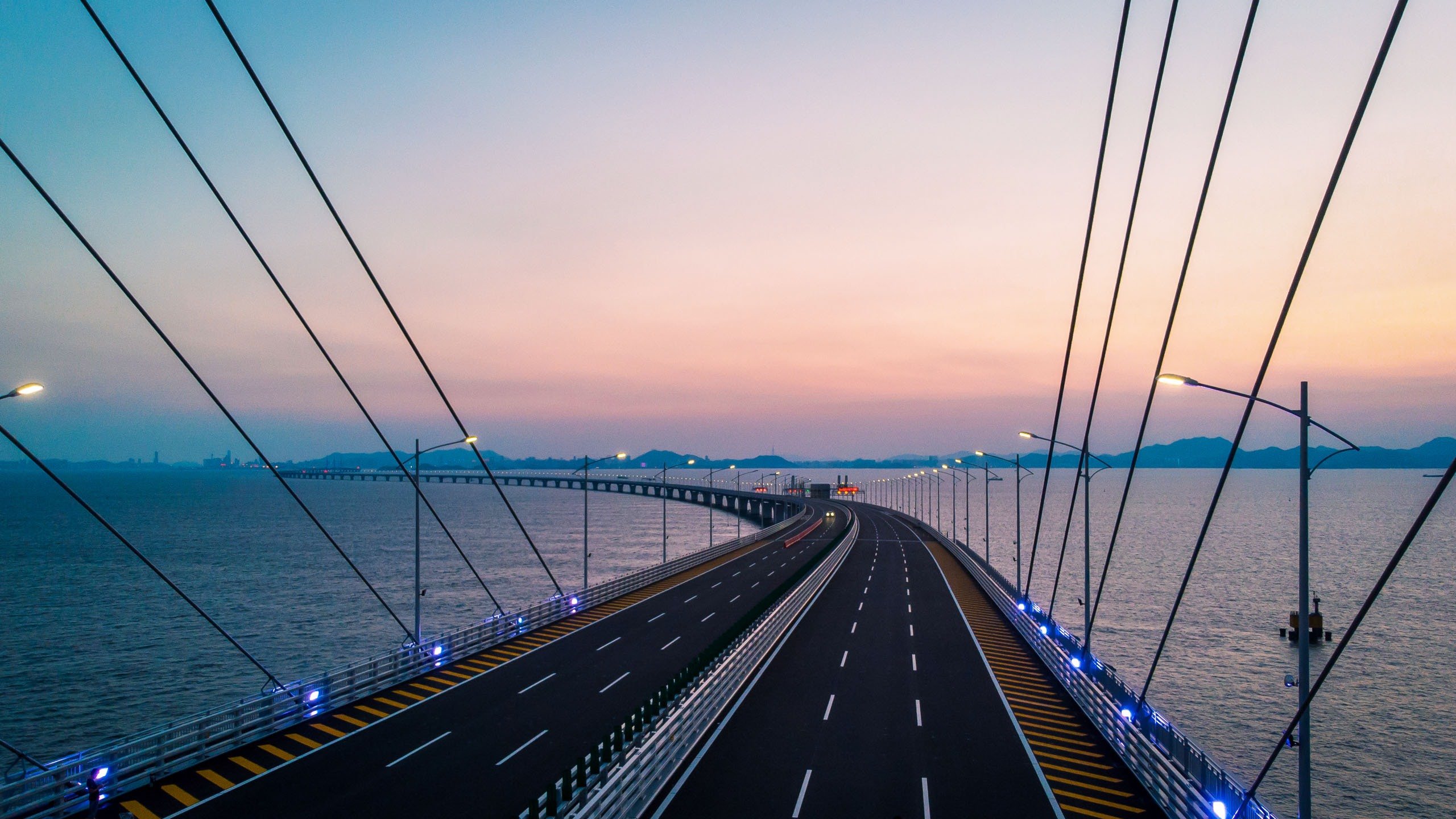
Two-thirds of the world's oceans lying beyond 200 nautical miles from the exclusive economic zones ("EEZ") of coastal countries are referred to as international waters or the 'high seas'. Although many marine protected areas (MPAs) have been designated within countries' EEZs, only about 1% of the high seas has currently been designated as MPAs or Vulnerable Marine Ecosystems (VMEs). The lack of protection over these areas of water has led to overfishing and pollution, the two foremost causes identified for the extinction or near extinction of 10% of marine species in our oceans.
Last week, on 4 March 2023 in New York, after nearly two decades of talk, 190 UN member states finally reached agreement on the text of the UN's High Seas Treaty. This treaty will put 30% of the high seas into MPAs. The treaty will also provide the legal framework for:
- the access, use and sharing of marine genetic resources; and
- introduce requirements for environmental impact assessments (EIA) for deep sea activities such as mining.
At the 2022 UN Biodiversity Conference in Montreal at the end of last year, an agreement was reached to protect 30% of the world's oceans by 2030 (the 30x30 target). The High Seas Treaty will assist in the attainment of that goal as well as goals and targets set out in the 2030 Agenda for Sustainable Development.
Many issues remain to be worked out such as determining who will police the protection of the MPAs and the dispute resolution provisions to be included in the treaty. Areas to be protected under the treaty will be proposed and voted upon by the signatory countries and the treaty will enter "into force" only after 60 countries have signed up, and legally passed the legislation in their own countries.
The Club will keep Members updated on further developments on this treaty.





